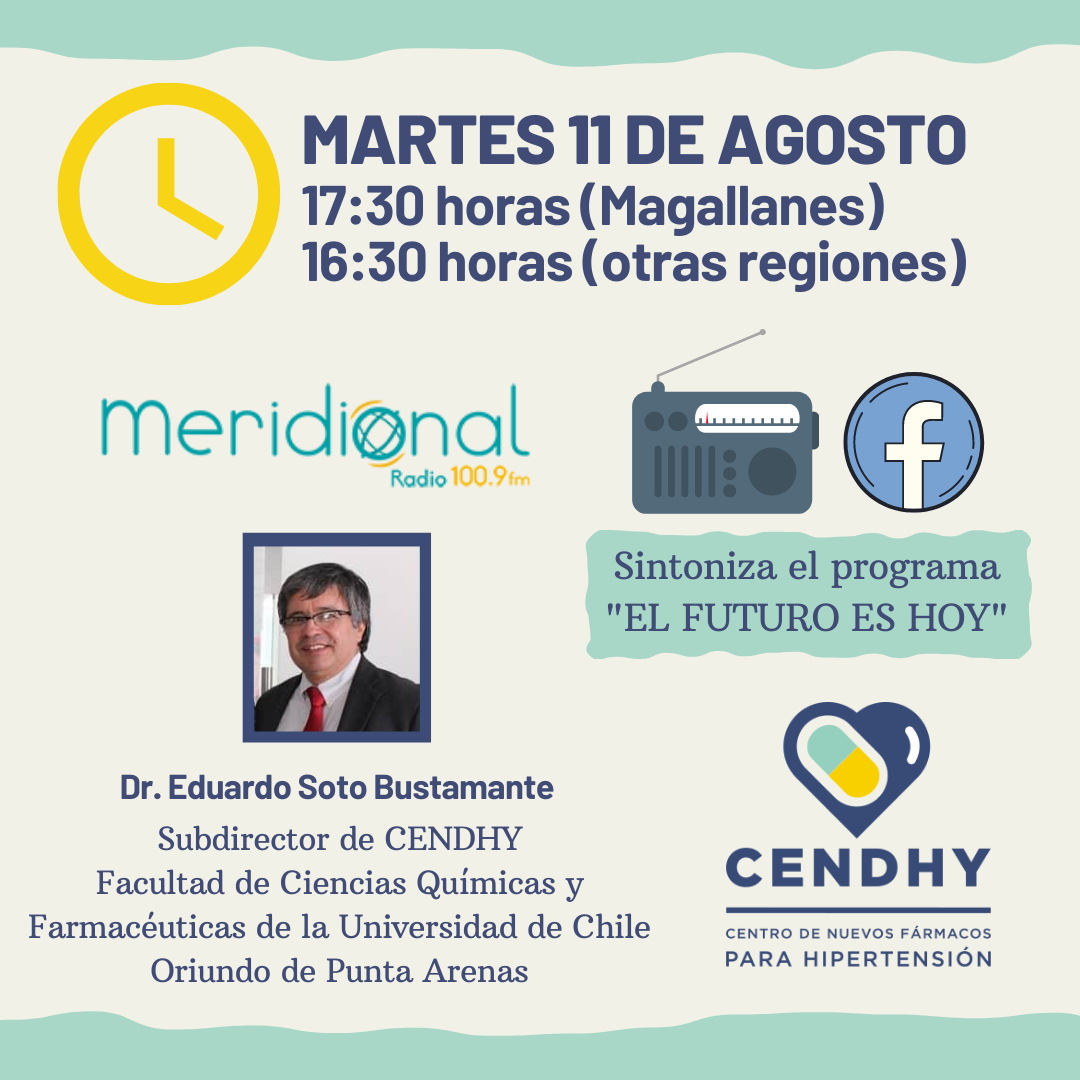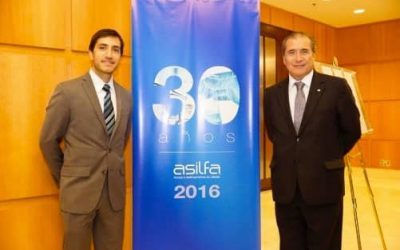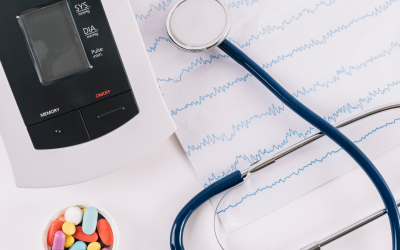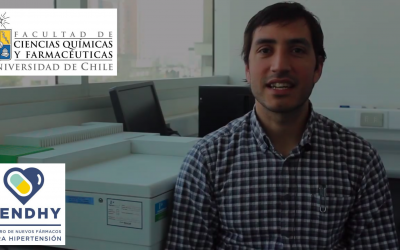In a new “El futuro es hoy” program in Meridional Radio 100.9 FM at Punta Arenas, on tuesday 11th of august, our deputy director, Dr. Eduardo Soto-Bustamante, was interviewed. In this instance he refered to his experience in national and international scientific research and technology development.
From Magallanes to Germany
In his words “born and raised” in Punta Arenas, Dr. Eduardo Soto-Bustamante lived in the city with his family until he was 16 years old, age when he finished school and moved to Santiago. “Until I was 23 years old I went back every summer and winters when it was possible; you never forget Punta Arenas”, stated CENDHY deputy director and principal researcher.
After studying the undergraduate degree at the Faculty of Chemical and Pharmaceutical Sciences of the University of Chile, Dr. Soto completed a postgraduate degree abroad, on which he explained “in the 80s it was relatively difficult to do doctorates or that type of specialization here in Chile, I tried to do it in 1986 when I left university”. He said that “I applied for scholarships to do a doctorate through Fundación Chile and it did not happen because there were very few scholarships that were awarded and there was a lot of competition, so I went to the private sector”.
While in the private sector, according to the academic, he received a call from his colleagues advising of a job possibility in Germany. After considering it and talking to those close to him, he decided: “I was doing very well in my work in Santiago and it didn’t make any sense, but my friends convinced me and in the end I went to Germany in September 1990”.
The current Director of Innovation and Technology Transfer of the Faculty of Chemical and Pharmaceutical Sciences of the University of Chile was emphatic in pointing out that he left Chile to settle in Germany to work. However, after a year in the country, they offered him a doctorate. “As I had previously been working in private companies, I was a bit atypical as a student” explained the researcher, adding that “those who leave undergraduate are more moldable and flexible since they are used to academic life, but I wasn’t like that”.
The journalist member of the Chilean Association of Journalists and Professionals for Science Communication (ACHIPEC) and host of the program, María Pastora Sandoval, asked him about his transfer to Germany, to which the researcher replied that “I spoke very little English and no German, so getting there was relatively difficult due to the distance: I had already left Punta Arenas too young and had lived alone in Santiago, which made me quite strong, and that is why I had to be prepared to make it; later I knew that I was going to spend a lot of time abroad and distance really scars you”.
Liquid crystals research
In relation to his research, he pointed out that “if you have molecules that you are capable of neutralizing within this polymerization system that you can control, then you do not require any solvent and it is green chemistry: no water is used, no organic solvent is used.”
CENDHY: innovating in pharmacology
Regarding his research work at the Center of New Drugs for Hypertension (CENDHY), Dr. Soto-Bustamante clarified that his area of specialty is liquid crystals and that “the issue of drugs comes in addition” he said. In relation to the above, he said that “during my PhD in Germany we found a very interesting and revolutionary effect, for which my doctoral thesis was awarded as the best thesis in liquid crystals in 1996”, adding that “as a result of that work I began to develop polymeric liquid crystal systems that allow, in a very particular way, to develop polar systems and due to that I can take monomers and include them in the polymerization process in such a way that what remains immersed within them remains occluded”.
CENDHY deputy director continued his account of how the scientific project on which the center is constituted was conceived, saying that “about 7 years ago, with director Dr. Javier Morales, we were venturing into projects in pharmaceutical technology related to drugs that are difficult to solubilize in water because they are organic or very large, for example insulin, which has 52 amino acids, and that is why they are difficult to convey”. With this medical and pharmacological problem in mind, director and deputy director of CENDHY devised a process in which the molecules of therapeutic interest are trapped and occluded within a patch that acts as a delivery system, analogous to what an oral tablet or an oral tablet does. syringe, which in this modality allows the drugs to be released in an ultra-slow way.
In addition to the transport of molecules for the development of drugs, there is the problem of adherence to treatments in chronic patients, which is why patients abandon or forget to take their medications, which impairs their improvement. Given this, the innovative idea proposed by the CENDHY researchers is also a strategy to alleviate adherence problems, as indicated by Dr. Soto: “the typical disease that is always talked about is Alzheimer’s, which requires the person to use drugs to improve their quality of life, but the patient forgets because it is part of the disease, so improving adherence has to do with creating a device that delivers the drug in such a controlled way that you don’t have to worry about taking it every day”.
Potentially, as the interviewee illustrated, “if you manage to make the process so slow, say, a few months, you would have to install the device two or three times a year and that’s it”. Faced with the query of María Pastora Sandoval, on the application of this strategy for the development of drugs for hypertension, the Director of Innovation and Technology Transfer of the Faculty of Chemical and Pharmaceutical Sciences of the University of Chile stated that “it can be applied for many other things, it is only a vehicle, what I am studying is whether it is kinetically possible to control a pharmaceutical active principle, which can be for hypertension, Alzheimer’s, diabetes or another disease, and if it works in this vehicle”.
Finally, the academic told the audience that the experimental work of the research project is paralyzed as a result of the contingency due to the coronavirus. “The project started in December of last year and it has not been possible to work in laboratories, so we are blurring our objectives in such a way that we can do things that are achievable” said the researcher. In relation to the rearrangement of the experimental objectives, he advanced that “we are going to work on the computational modeling of the proteins that we need to encapsulate to see how they interact with the receptor centers within the body and in that way see if we can do any other modification when we get to the lab”.
Watch the interview again at Facebook de Meridional Radio.





0 Comments